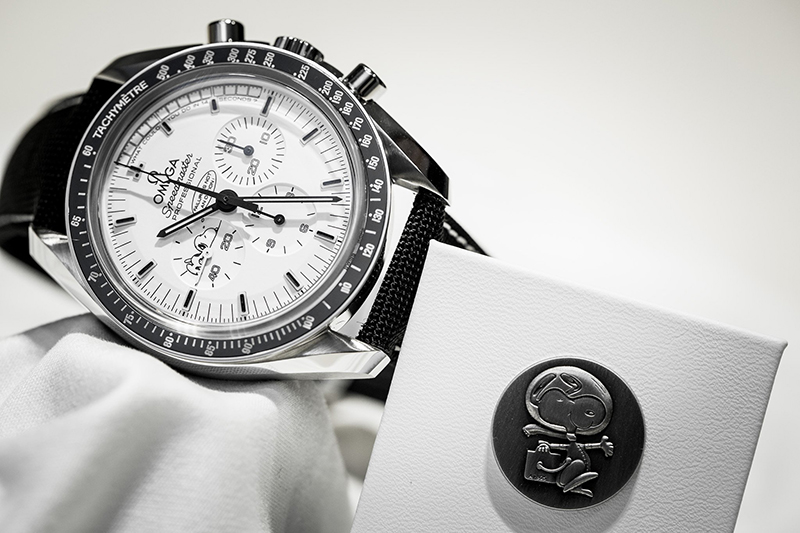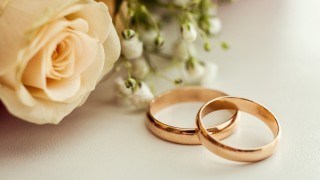There is something magical about luxury watches. And, the art, the legacy and the story behind every creation forms an integral chunk of that charm. For instance, in the watch making world, famous watchmakers such as Rolex and Casio had a tryst with royalty before they ultimately took the fashion world by storm. The detailing and the designing of these watches are unquestionably par excellence.

And on such similar lines, Switzerland’s Omega has a daring tale to boast of.To understand the back-story of these iconic watches, it is important to trace the history of mankind in space. Let us help you a bit. Back in October 1957, when man was tossed into space for the very first time, the entire game in the watch making field was being changed in the shadows of the Neuchatel where in the laps of these very mountains, Omega’s Speedmaster was being conceived. Who knew that some years down the line the series would turn into a bestselling line of Omega! Also, wonder if back then, the iconic watchmaker knew of the endurance it will develop over the years. Some of the finest of these Omega watches can now be found online with retailers such as Ethos Watch Boutiques.
It all started when Omega was known to the world as the time keeper of most important events, which also included the Olympic Games. It was designed as sports chronograph and included a tachymeter bezel used for calculating speeds of athletes and so on. There came a time when the Speedmaster series reached the lunar mounds. But this was not without challenges.
In 1962, National Aeronautics and Space Administration, USA and Omega first crossed paths when the Head of NASA’s flight crew, Donald ‘Deke’ Slayton had his officials pick him watches from a Houston jeweller named Corrigan’s and the unanimous choice turned out to be Omega Speedmaster Professional. It is noteworthy here that in the same year, Wally Schirra wore one as a backup for his clock onboard the Sigma 7 spacecraft.
Notably, while the watch worked flawlessly in the cockpit of Sigma 7, Slayton was not sure about its suitability to temperature range of -160 ° to +120 ° C as observed on the dark and bright sides of the moon, a range far removed from the relative comfort of the spacecraft.
It was actually this concern that prompted Slayton to put Rolex, Longines and Omega through gruelling tests in 1965 which hecalled ‘Qualification Test Procedures’.These were infamous for their length, invasiveness and thoroughness.
They included a high temperature test of 48 hours at 71 degree Celsius followed by half an hour at 93 degree Celsius and a low temperature test of four hours at -18 degree Celsius. Other tests that it included was a near vacuum test where the timepieces were passed through alternative high and low temperatures and a humidity test that included 240 hours in 95% humidity at different temperatures and pH values. Shock test was another prominent test that included 40g shocks aimed at the watch from different directions.
Few more included acceleration test, decompression test, high pressure test, vibration test and acoustic test that examinedthe watches in extreme conditions. The first one from the list tested 1g to 7.25 g in 333 seconds while the third from the list tested watches at 1.6 Atmospheric Pressure for an hour. The vibration test of three cycles of thirty minutes each included varying frequencies (at an 8.8g average per impulse). Finally, the acoustic test was a 30 min test of 130 db between 40 Hz and 10000 Hz. (http://www.ablogtowatch.com/omega-speedmaster-professional-moonwatch-space-race/)
Not only did Omega emerge as winner, it is the only watch till date that is approved for space flights. The historic watch proved its mettle in the first manned lunar landing in 1969 and every single one of the piloted missions since 1965.
For more than half a century now, Speedmasteris known to be defying the rules of Physics!


